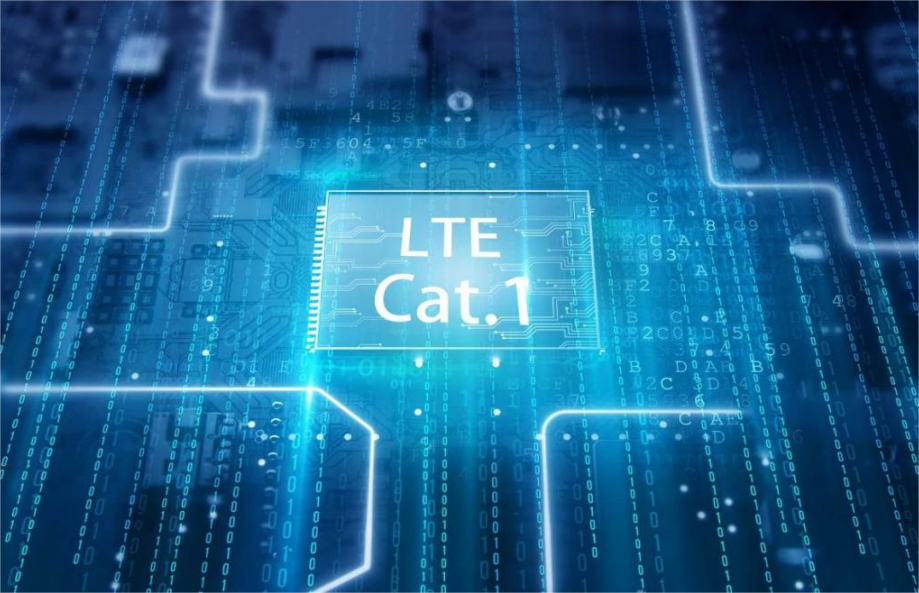In the realm of urban infrastructure management, the efficient monitoring and management of water and gas meters pose significant challenges. Traditional manual meter reading methods are labor-intensive and inefficient. However, the advent of remote meter reading technologies offers promising solutions to address these challenges. Two prominent technologies in this domain are NB-IoT (Narrowband Internet of Things) and CAT1 (Category 1) remote meter reading. Let’s delve into their differences, advantages, and applications.
NB-IoT Remote Meter Reading
Advantages:
- Low Power Consumption: NB-IoT technology operates on a low-power communication mode, allowing devices to run for extended periods without frequent battery replacements, thereby reducing operational costs.
- Wide Coverage: NB-IoT networks offer extensive coverage, penetrating buildings and spanning urban and rural areas, making it adaptable to various environments.
- Cost-Effectiveness: With the infrastructure for NB-IoT networks already established, the equipment and operational costs associated with NB remote meter reading are relatively low.
Disadvantages:
- Slow Transmission Rate: NB-IoT technology exhibits relatively slower data transmission rates, which may not meet the real-time data requirements of certain applications.
- Limited Capacity: NB-IoT networks impose restrictions on the number of devices that can be connected, necessitating consideration of network capacity issues during large-scale deployments.
CAT1 Remote Meter Reading
Advantages:
- Efficiency and Reliability: CAT1 remote meter reading technology employs specialized communication protocols, enabling efficient and reliable data transmission, suitable for applications with high real-time data demands.
- Strong Interference Resistance: CAT1 technology boasts robust resistance to magnetic interference, ensuring data accuracy and stability.
- Flexibility: CAT1 remote meter reading supports various wireless transmission solutions, such as NB-IoT and LoRaWAN, providing users with flexibility to choose according to their specific needs.
Disadvantages:
- Higher Power Consumption: Compared to NB-IoT, CAT1 remote meter reading devices may require more energy supply, potentially leading to frequent battery replacements and increased operational costs during prolonged usage.
- Higher Deployment Costs: CAT1 remote meter reading technology, being relatively newer, may entail higher deployment costs and necessitate greater technical support.
Conclusion
Both NB-IoT and CAT1 remote meter reading technologies offer distinct advantages and disadvantages. When selecting between the two, users should consider their specific requirements and operational environments to determine the most suitable technology solution. These innovations in remote meter reading technologies play a pivotal role in advancing urban infrastructure management, contributing to sustainable urban development.

Post time: Apr-24-2024







